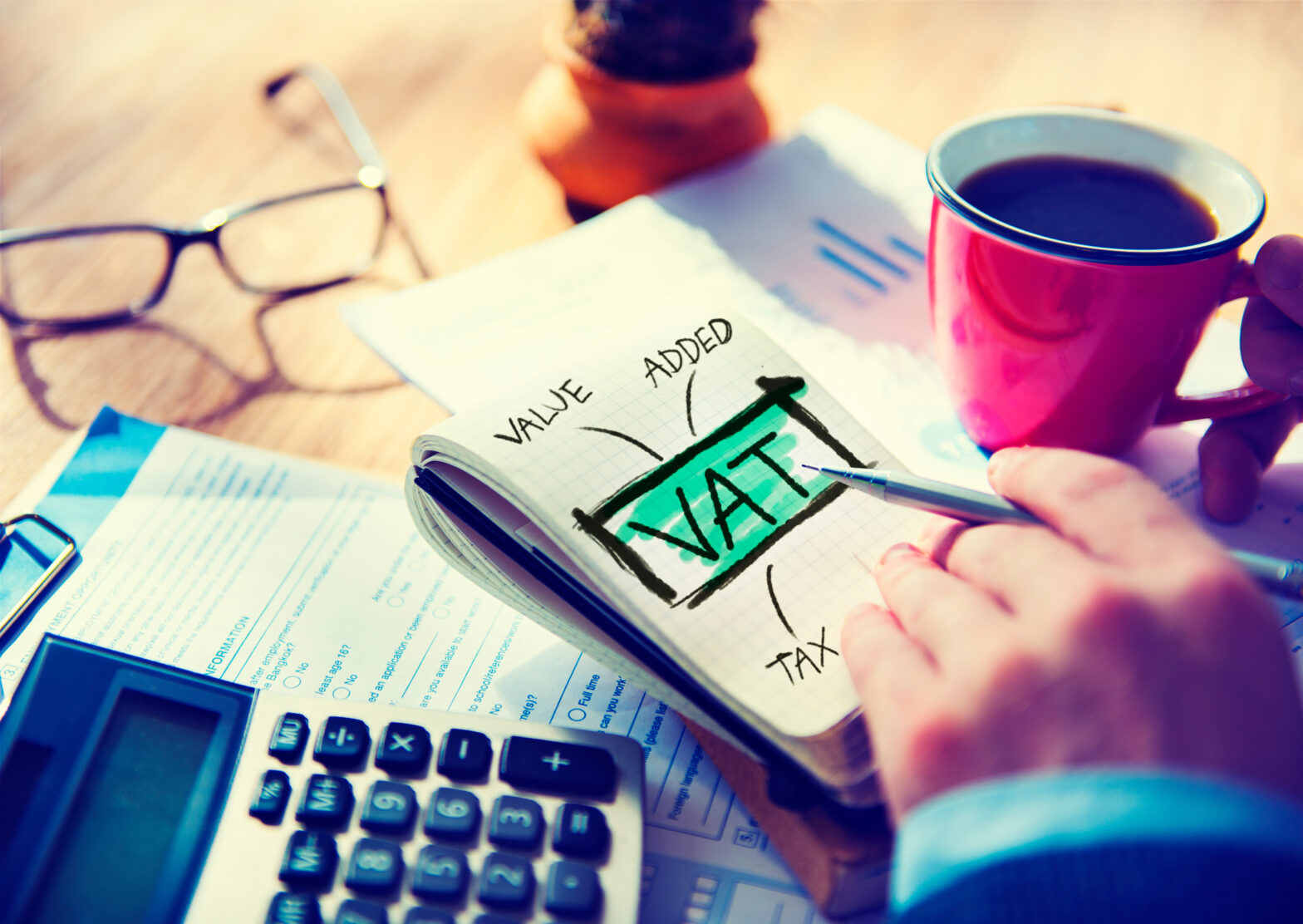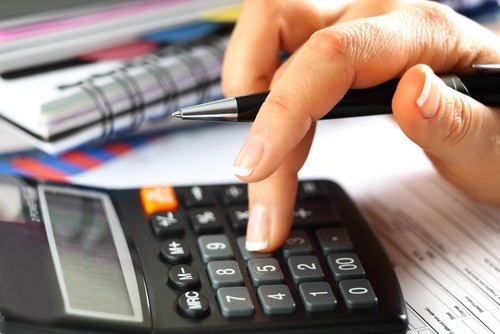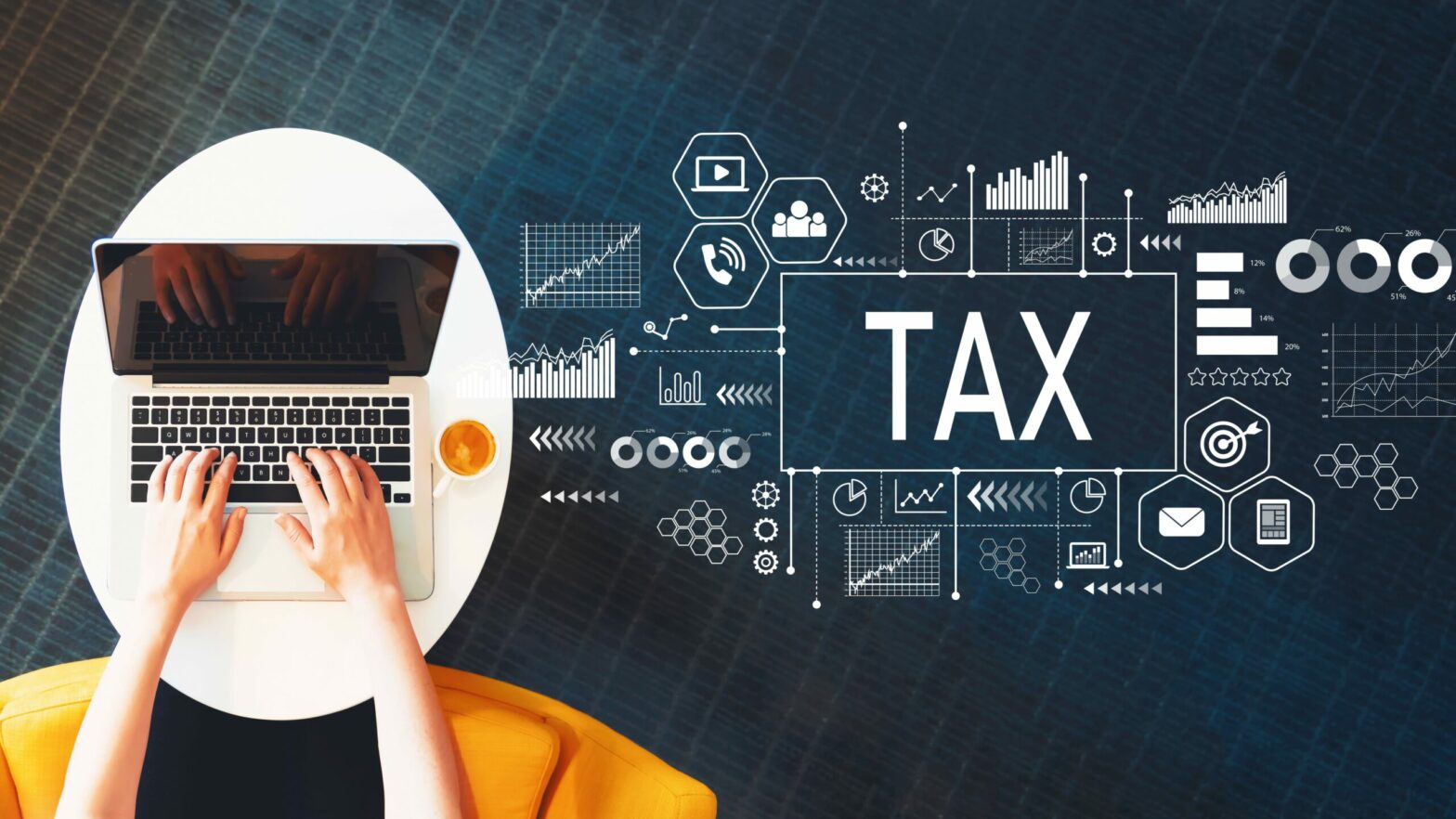Whether or not you need to pay Value Added Tax (VAT) as a sole trader depends entirely on how much money your business is turning over. Basically, if at the end of any month your annual turnover exceeded £85,000 in the previous 12 months, you need to register for VAT.
You can also voluntarily register for VAT even if your turnover is under the threshold. Some sole traders choose to do this so that they can claim back the VAT on goods and services purchased for their business or to avoid financial penalties from accidentally going over the threshold.
Below, we explain how to register for VAT as a sole trader, how much you need to pay, VAT rates, charging VAT to customers, and MTD for VAT.
Registering for VAT as a sole trader
You can register for VAT online with HMRC. Once approved, you should receive a unique VAT number relevant only to your business within 30 days.
It will be provided on a VAT registration certificate, which will also have details of the dates you need to submit your first VAT Return by, and your effective date of registration (the date when you started to pay VAT).
Your VAT registration will be under whatever name you choose to trade as, whether that’s your own name or the name of your business.
VAT rates as a sole trader
There are three different levels of VAT:
- Standard rate – currently 20 per cent, this applies to the majority of goods and services
- Reduced rate – currently 5 per cent, this applies to a very select set of goods and services, such as children’s car seats and home energy
- Zero rate – 0 per cent, which applies to most food and children’s clothes
You can find the full list of VAT ratings and exemptions here: VAT rates on different goods and services.
(NB – There are also VAT exempt items, for which you cannot claim back input VAT on expenses used to produce the zero rated good. You can find a comprehensive explanation of this here: Help With HMRC)
Charging VAT on goods and services sold to customers
You will be required to charge the VAT element on your sales invoices. For example, if your invoice value is £1,000, you’ll add £200 (20 per cent) to the total price of the product or service and the customer will pay you £1,200.
Every quarter you’ll complete a VAT return showing how much you have collected in VAT from customers (Output VAT) and how much VAT you have paid to your suppliers (Input VAT).
If the Output VAT exceeds the Input VAT, you’ll pay the difference to HMRC. However, if the Input VAT exceeds the Output VAT, you’re able to claim back the difference amount from HMRC.
MTD for VAT
All VAT-registered businesses, regardless of turnover, should now be signed up for Making Tax Digital for VAT. Every business will be signed up automatically unless they apply for a VAT exemption. Making Tax Digital is part of the government’s initiative to make the UK tax system fully digital.
In order to comply, you’ll have to use HMRC-approved software to maintain digital VAT records and submit your quarterly VAT returns.
Three VAT Public Notices which offer relevant advice are:
- Notice 700 – VAT General Guide
- Notice 700/1 – Should I be registered for VAT?
- Notice 700/22 – Making Tax Digital for VAT
- These can be located here
The VAT advice line will help with queries on 0300 200 3700.
The relevant form is an Application for Registration – VAT 1 and you can download it all here.
If you have any doubts you should talk to your accountant who will explain the requirements in greater detail, and can help with specific queries or even complete the VAT return on your behalf.
How to easily track your profits?
Accounting software can help you comply with Making Tax Digital for VAT – and generally make it easier to manage your business cashflow and profits.
There’s a range of providers to choose from. We’ve rounded up three of the best below.
Further reading
The best accounting software for small businesses – It’s never been easier or more affordable to manage your tax and accounting using small business accounting software – find the best accounting package for your needs
How to manage your accounts as a small business – Everything you need to know about preparing your financials in the early stages of business
Tax advantages of a limited company versus sole trader – Haydn Rogan explains the tax advantages and disadvantages of status as a limited company and as a sole trader
9 accounting software platforms for Making Tax Digital – Here, Mariah Tompkins scrutinises accounting software options that small businesses can use for their digital tax returns





